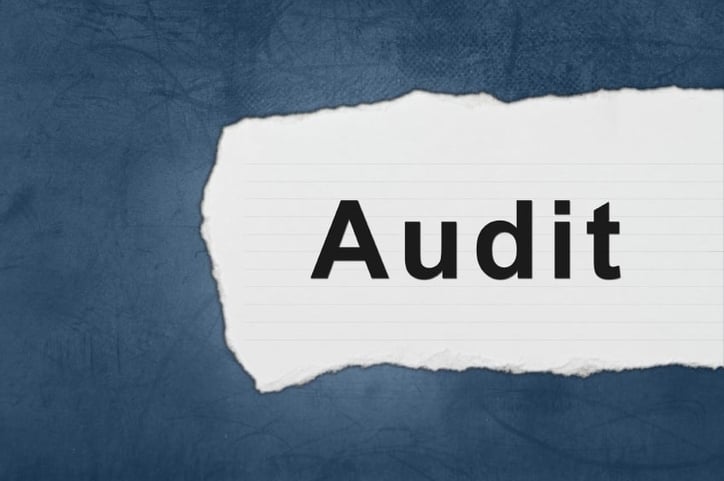

If you haven’t noticed with their latest Office 2016 release, Microsoft is pushing the cloud big time. They want both consumer and business customers on their Office 365 services. By paying a small monthly fee per user, companies get access to all new features as soon as they come out and avoid the large capital expense of having to pay hundreds per license for operating system and software licensing. They’ve been pushing it so much that we’ve noticed a lot of businesses have been getting audited by Microsoft with regard to their software licensing lately. Whether or not the increase in audits is related to their cloud move, it’s important that you take some steps to avoid issues. While this is potentially problematic if you or your IT provider have not set up or monitored your licensing properly, with the right guidance the Microsoft SAM assessment doesn’t have to be scary. We’ve compiled a list of things that you need to know in order to prepare for a Microsoft software audit.
Looking for Help with your Microsoft SAM Audit? Click here.
- It’s not a scam.
While we’ve talked about phishing scams before and many companies are getting smarter about answering strange inquiries, if you get notices from Microsoft asking about your licensing – you need to take immediate action. Ignoring their notices will cause serious issues, potential legal action and more than $100,000 in fines. Take it seriously and be prompt and calculated in your response. - Get help.
Reach out to your IT provider and get a good understanding of exactly what you paid for. You’ll want to make sure that you have a license for each workstation, and gather all the licensing information for Microsoft to review. Make sure that your provider actually gave you the licensing that you paid for – as it is a common issue for a dishonest provider to pay for a single license and charge for multiple licenses while installing the single license on all workstations. Keep all project proposals and receipts and request copies of licensing whenever a provider executes a new project. - Be thorough.
Don’t skip steps or do anything haphazardly. This will only prolong the process and make things more difficult. Account for every piece of software requested and fill out the forms provided by Microsoft to ensure that your self-audit is completely properly. Be honest. Some actually consider the SAM approach to be helpful because Microsoft often offers up new licensing agreements and deals to help bring companies into compliance. The more you work with Microsoft, the better off you’ll be from a financial and compliance perspective. - Know what comes next.
If you are not cooperative with the SAM audit, Microsoft will issue an LLC. While the SAM audit is voluntary, the LLC audit is not and often means that you’re being accused of software piracy. If this happens, you’ll want to contact an attorney, as the penalties allowed by law are up to $150,000 per title infringement, which is enough to take down a small business. - Have a remediation plan in place.
When you find issues with your licensing, be sure that you put a plan in writing for how you’re going to remediate it. Buy the licensing that you don’t already have or remove the workstations where a license has been installed twice. The more honest and direct you are in fixing the issues, the more likely Microsoft will be to help you fix the issues rather than taking legal action.
As more businesses move over to the cloud and the largest providers make an attempt to push customers the same way – it’s important that you consider the type of licensing that you’ll be purchasing from Microsoft in the future. Is a one-time capital expenditure with limited access to feature updates and paying for new versions going to work for your business or do you prefer to have access to the latest technology? You’ll want to weigh these options as you move forward with your audit so that you purchase the right licensing for your business and remain in compliance if or when you are approached with a Microsoft SAM Audit.
Share this entry
-
Share on Facebook
Share on Facebook
-
Share on Twitter
Share on Twitter
- Share on Google+
-
Share on Pinterest
Share on Pinterest
- Share on Linkedin
- Share on Tumblr
- Share on Vk
- Share on Reddit
- Share by Mail
Subscribe to our Newsletter
Don’t miss out on the latest news from Entech. Submit your e-mail to subscribe to our monthly e-mail list.
.png?width=360&height=300&name=Logo%20(2).png)









